Are Smoothies Sabotaging Your Health? The Truth About Liquid Calories
Smoothies have taken center stage in the world of wellness, promising vibrant health in a cup. They fill our social feeds, line café menus, and seem like an easy fix for busy lifestyles. But is the story as simple as fruits, veggies, and a blender? Beneath the colorful surface, liquid calories might be lurking, quietly impacting your health goals. Before you sip your next smoothie, it’s worth asking: Are these blended beverages as good for us as we think?
1. Hidden Sugars in Fruit-Based Smoothies
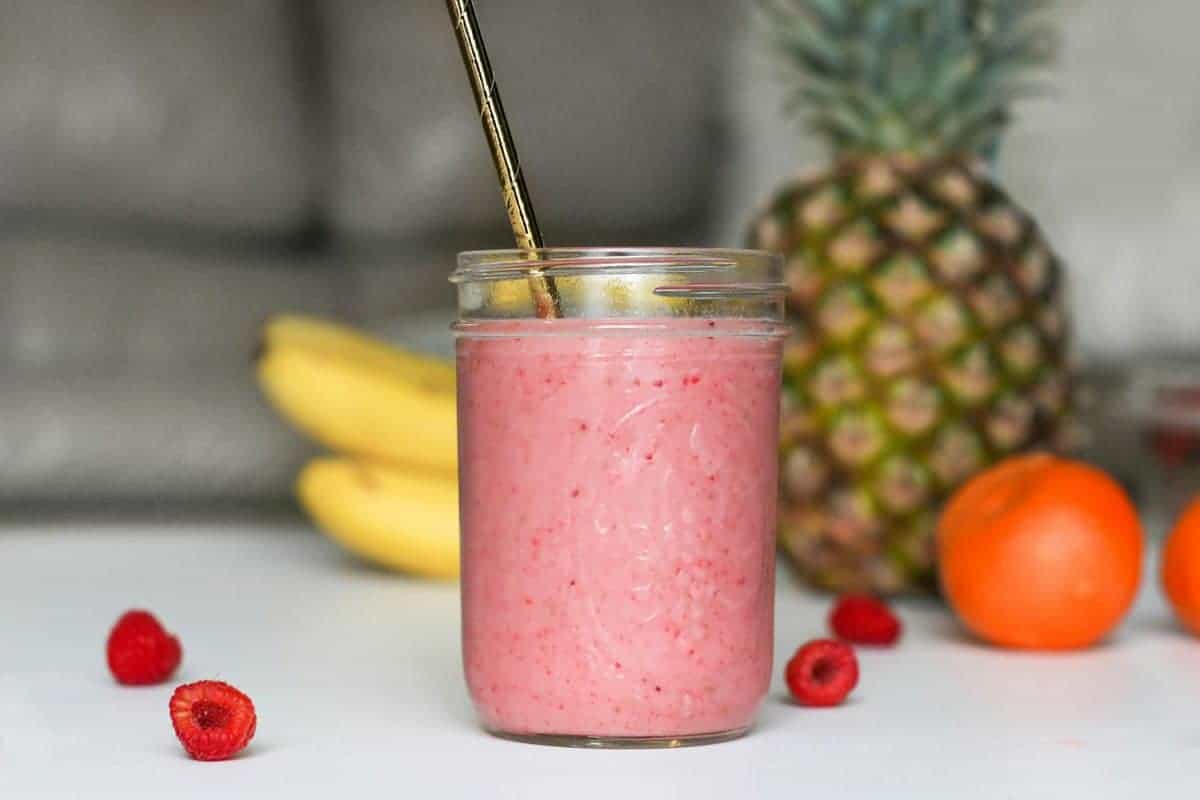
It’s easy to assume fruit smoothies are always a healthy choice. However, many store-bought blends pack as much sugar as a can of soda—sometimes over 40 grams per serving! Blending or juicing fruit breaks down fiber, causing natural sugars to hit your bloodstream faster than if you ate whole fruit. Compare nutrition labels and you’ll notice some “healthy” smoothies rival desserts in sugar content. Don’t be fooled by fruit alone—the way it’s processed makes a big difference to your body.
2. Portion Sizes Can Be Deceptive
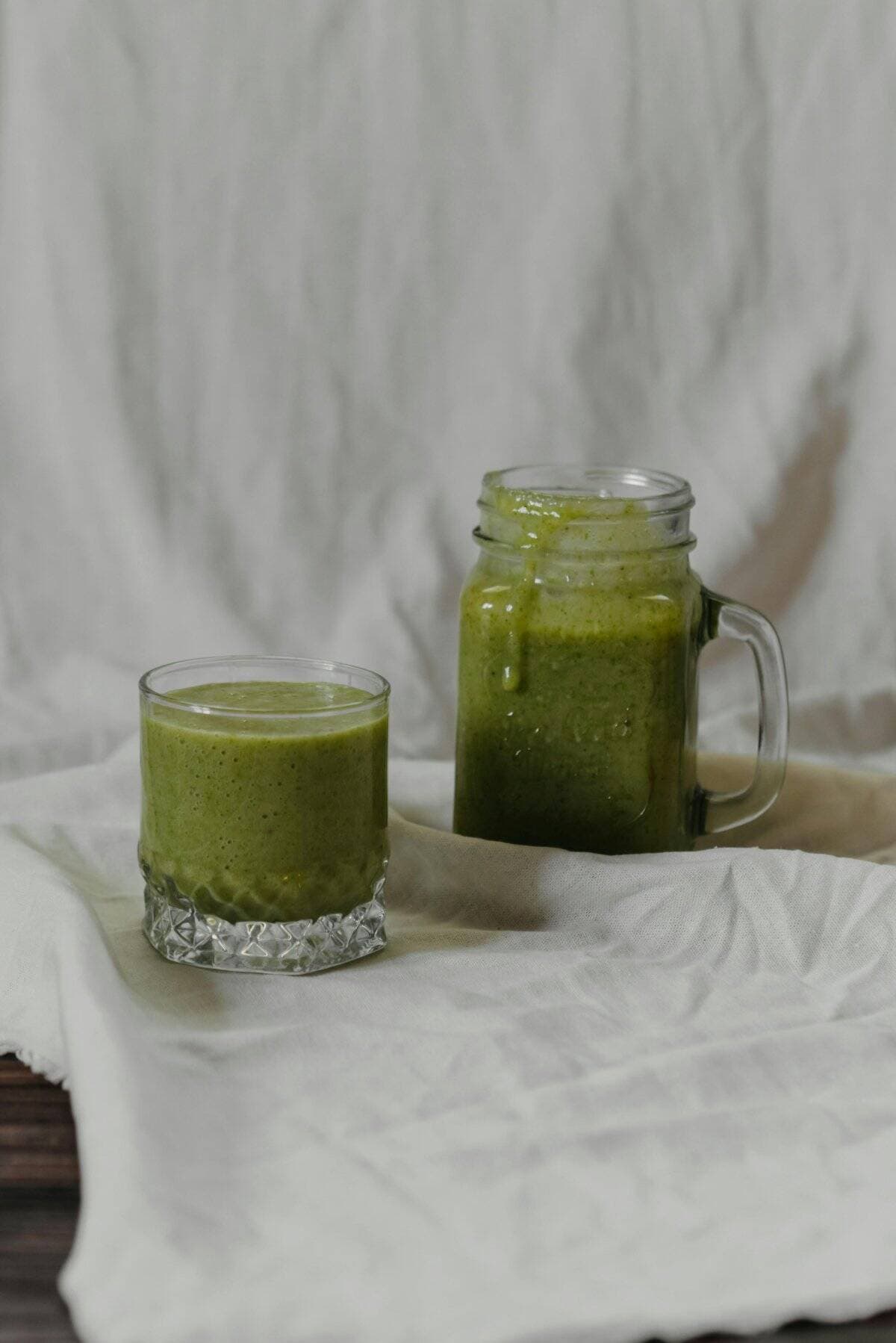
Smoothies might seem light, but their portion sizes can be surprisingly large. Most nutrition labels list values for an 8-ounce serving, yet smoothie bars commonly offer 20-ounce (or even larger) cups. This can mean you’re unknowingly consuming double or triple the calories you expect. A “large” smoothie can easily pack 400-600 calories—about the same as a full meal. Always check serving sizes and be mindful of how much you’re actually drinking.
3. Liquid Calories Don’t Satisfy Hunger

Research shows that liquid calories are less satisfying than those from solid foods. When you drink a smoothie, your body processes it quickly, often failing to trigger the same feelings of fullness as eating whole fruits and vegetables. As a result, you may find yourself reaching for snacks sooner—even after a calorie-rich smoothie. If your goal is to manage hunger or support weight loss, remember: blended foods don’t always curb appetite like their solid counterparts.
4. Masked Additives and Fillers

Many commercial smoothies sneak in artificial sweeteners, syrups, and stabilizers to boost flavor and shelf life. Check ingredient lists and you might spot high-fructose corn syrup, gums, or unpronounceable additives you’d never use at home. Homemade smoothies typically feature whole, recognizable ingredients—just fruit, veggies, and perhaps a bit of yogurt or milk. Store-bought options, on the other hand, can be loaded with unnecessary extras that may detract from their health appeal.
5. Protein Powders and Calories
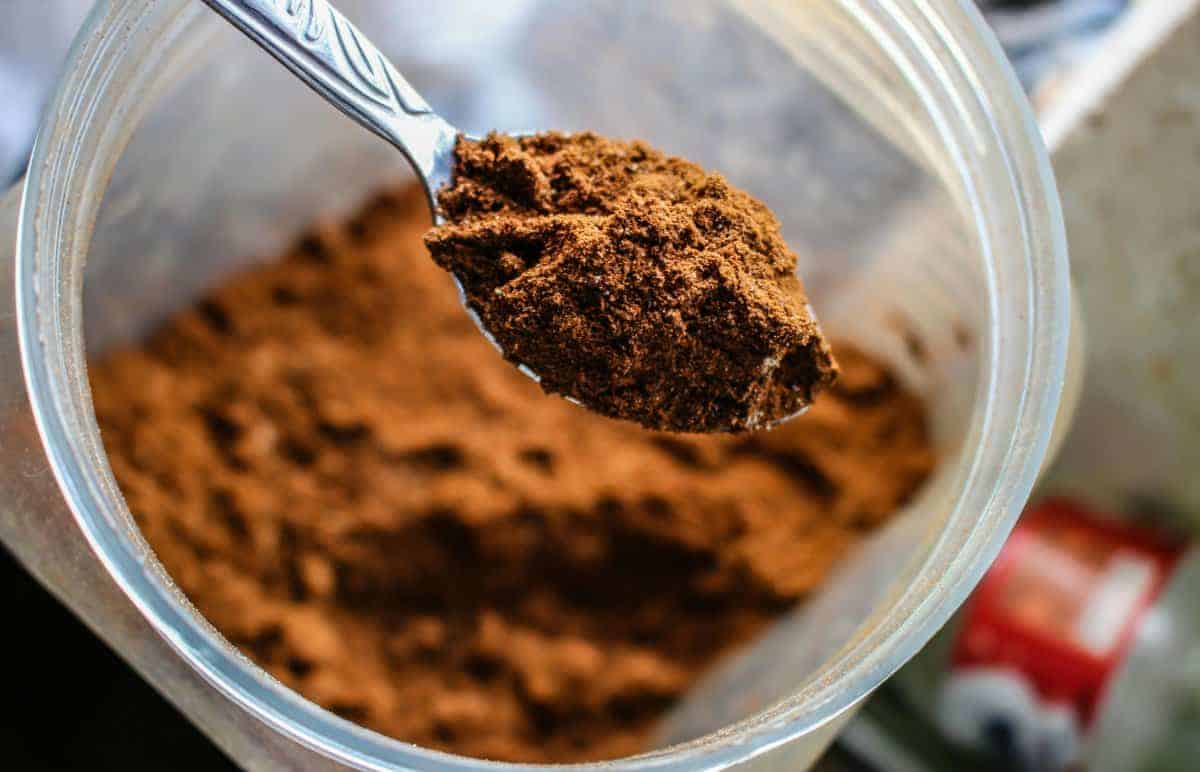
The popularity of protein powders in smoothies is hard to ignore. While they’re marketed for muscle recovery and satiety, many contain added sugars, artificial flavors, and extra calories. A single scoop can significantly increase your smoothie’s calorie count—sometimes more than you’d expect. Natural protein options, such as Greek yogurt or nut butter, offer nutrients without unnecessary additives. Always compare labels and consider whether whole-food proteins might be a healthier, more satisfying choice for your blended beverages.
6. Fat Content: Healthy or Hidden?
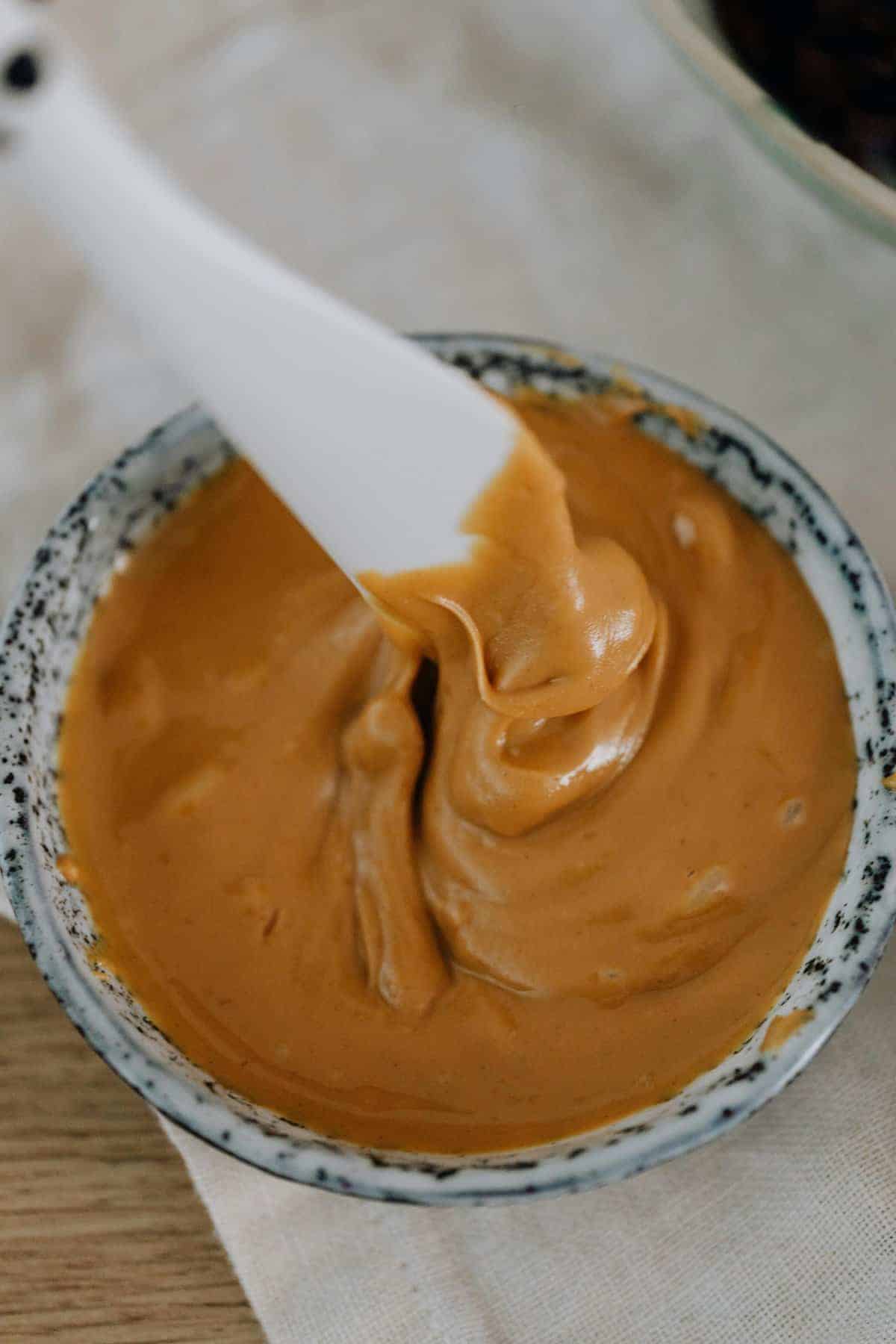
Smoothies can quickly become high-fat treats with the addition of nut butters, coconut milk, or avocado. While these ingredients offer healthy fats that support heart and brain health, portion size matters. A tablespoon of peanut butter or half an avocado can add over 100 calories each. Some recipes blend multiple high-fat ingredients, turning a snack into a calorie-dense meal. Balance is key: enjoy healthy fats, but be mindful to keep portions in check for overall health.
7. Smoothies as Meal Replacements
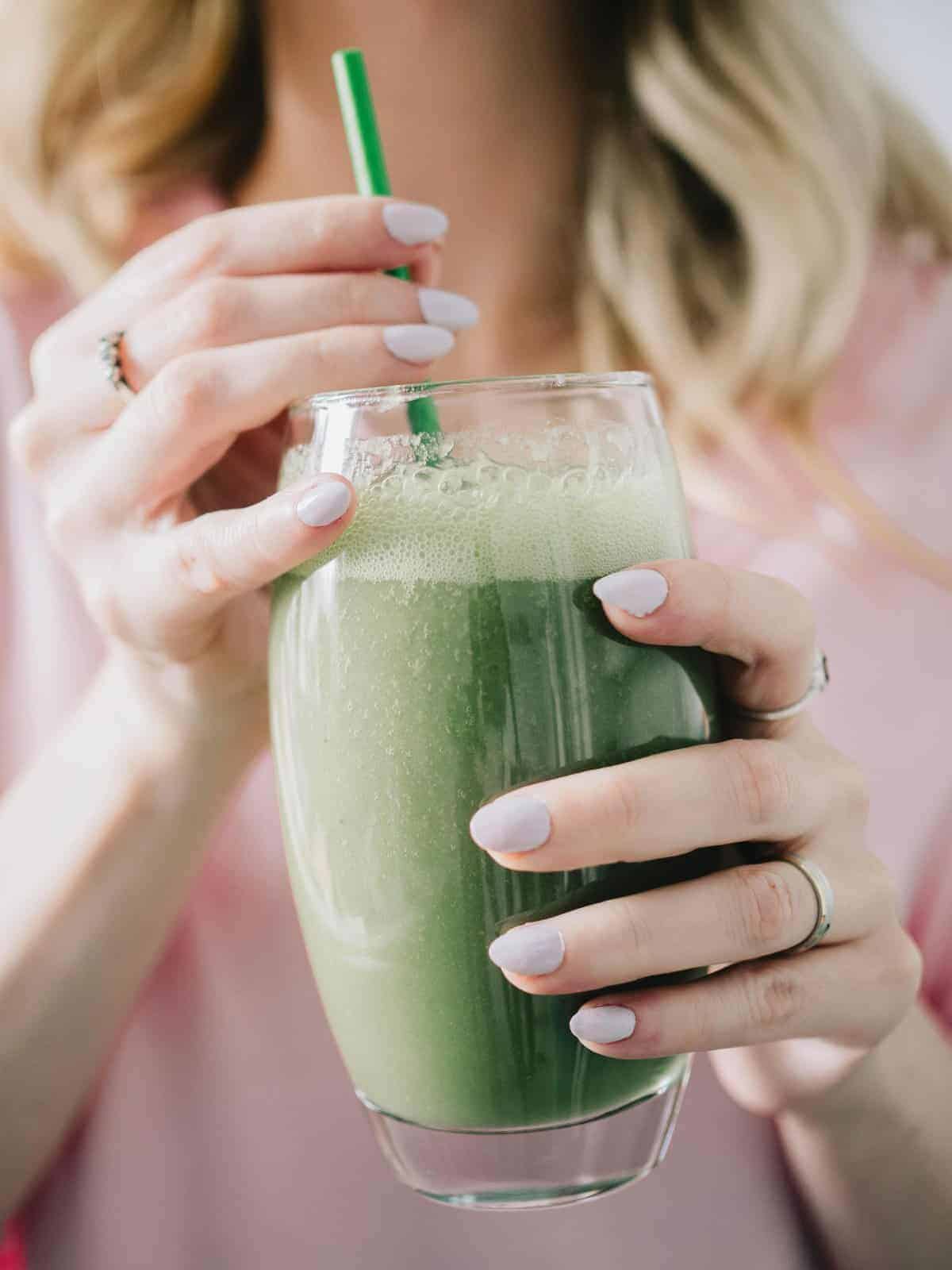
Many people reach for smoothies as convenient meal replacements, but not all blends are created equal. To serve as a true meal, a smoothie should provide balanced macronutrients—protein, healthy fats, and fiber. Otherwise, you risk missing out on essential micronutrients or feeling hungry soon after. Whole-food meals often deliver greater satiety and variety, including textures and nutrients that smoothies may lack. Consider your ingredients carefully if you’re relying on smoothies to replace a full meal.
8. The Fiber Factor: Blending vs. Whole Foods
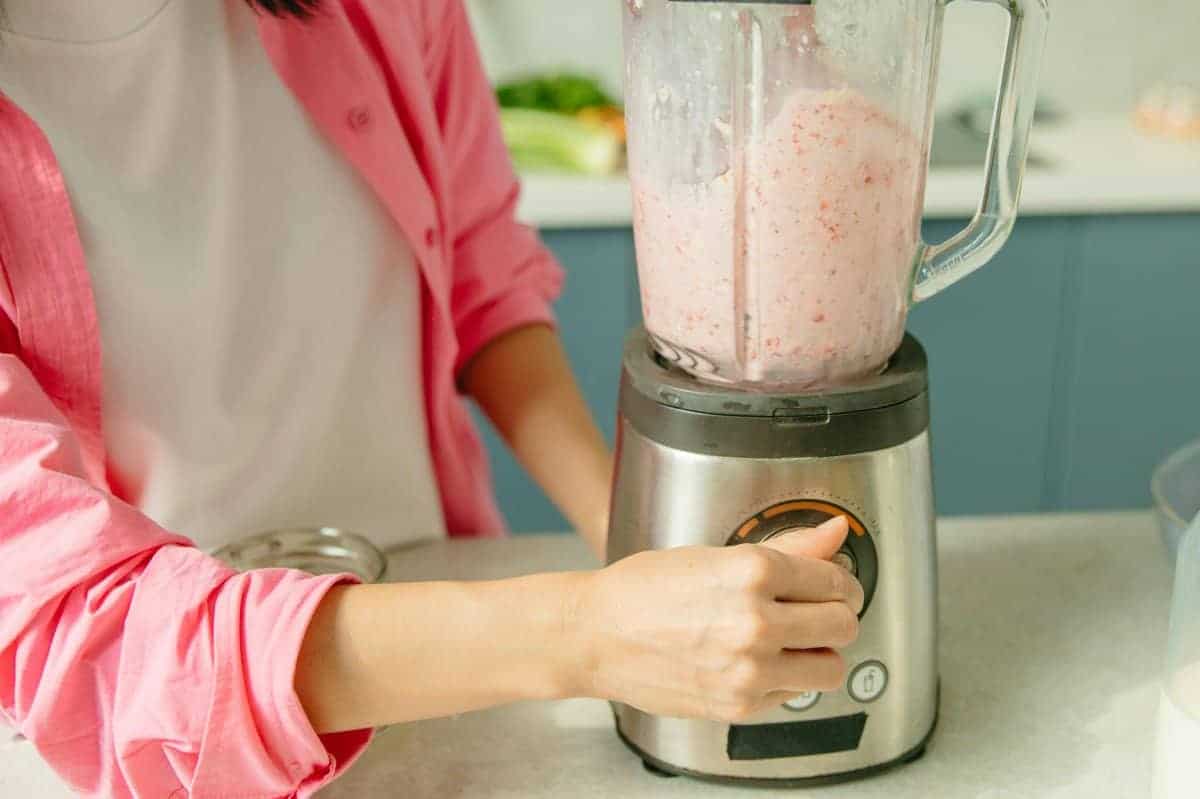
Blending fruits and vegetables does preserve fiber, but the process changes its structure. Blended fiber becomes less effective at slowing digestion, which can lead to quicker spikes in blood sugar. Whole foods require more chewing, promoting satiety and better digestive health. Eating an apple or handful of berries offers more lasting fullness than sipping them in a smoothie. For optimal health, try to balance blended drinks with plenty of whole, unprocessed produce in your diet.
9. Marketing Myths and ‘Health Halo’

Smoothies often wear a ‘health halo’ thanks to clever marketing and buzzwords. Terms like ‘natural,’ ‘detox,’ and ‘superfood’ make drinks sound wholesome—regardless of their actual nutrition. This can lead people to overlook the high calorie and sugar content hiding in popular blends. Be cautious: just because a smoothie is labeled as “clean” or “energizing” doesn’t guarantee it’s the healthiest choice. Always check ingredients and nutrition facts, not just the claims on the cup.
10. Smarter Smoothie Choices

Making healthier smoothies is simple with a few mindful swaps. Start by adding leafy greens like spinach or kale for extra nutrients without much sugar. Limit high-sugar fruits and skip artificial sweeteners or flavored syrups. Use whole food ingredients—Greek yogurt, nut butter, oats—rather than processed powders. Keep portions reasonable and savor your smoothie slowly, just as you would a meal. With these tweaks, you can enjoy delicious blends that truly support your health.
Conclusion

Smoothies can be a nutritious addition to your routine—or an unsuspecting source of excess sugar, calories, and additives. By paying attention to ingredients, portion sizes, and nutrition labels, you can avoid the common pitfalls that give smoothies their hidden risks. Choose whole foods, limit added sugars, and balance your blends for optimal health benefits. Be intentional with every sip, and let your smoothies truly support your wellness journey—one thoughtful blend at a time.
.article-content-img img { width: 100% }




